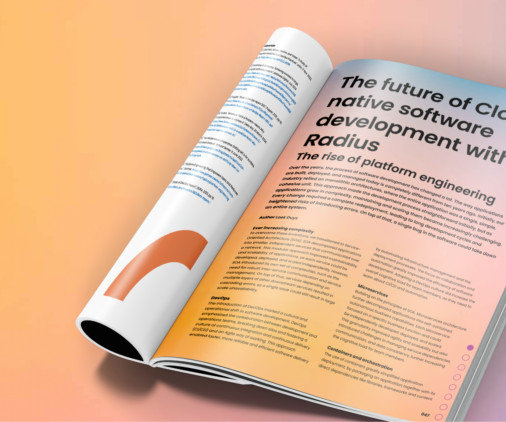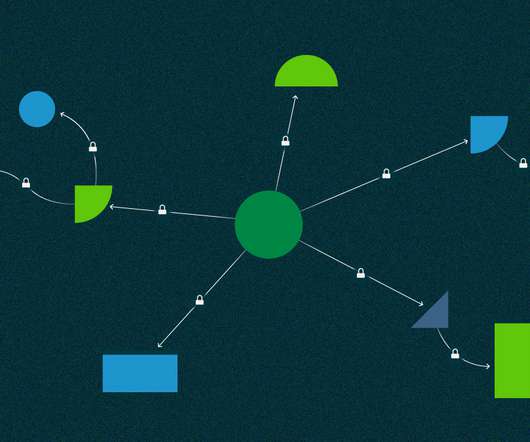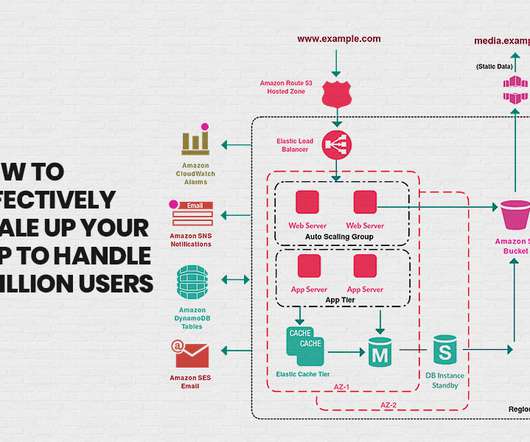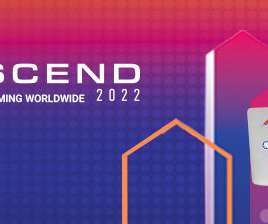The future of Cloud-native software development with Radius
Xebia
DECEMBER 16, 2024
Ever increasing complexity To overcome these limitations, we transitioned to Service-Oriented Architecture (SOA). SOA decomposed applications into smaller, independent services that communicated over a network. Kubernetes is able to run containerized workloads on a cluster of virtual machines, and provides many additional features.



































Let's personalize your content